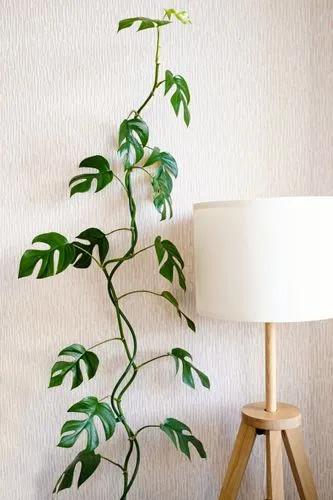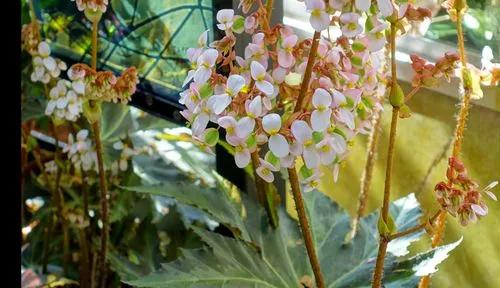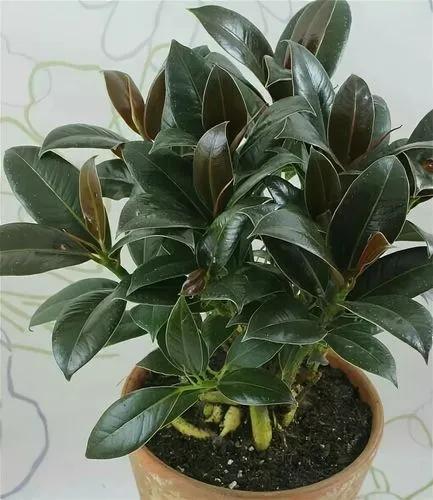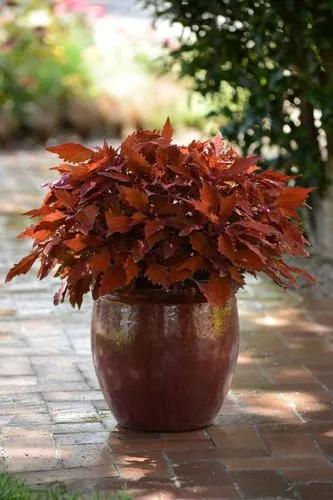Ponytail Plant belongs to the Asparagaceae family of the Nolinoideae subfamily. This amazing tropical perennial is native to Mexico.
Ponytail Plant Care
Beaucarnea recurvata



Ponytail Plant has a straight, tree-like stem extended downwards. Hanging, linear leaves of rich green color are about 3 ft (1 m) long. In nature, it grows as a relatively tall tree – 26-33 ft (8-10 m). During the bloom season, cream or pink flowers appear. The Ponytail Plant usually does not bloom in home conditions and grows up to 6 ft (2 m) in height.
How to Care for the Plant

Water

Irrigate the plant frequently in the spring and summer, but only after the substrate has completely dried. What is the best way to water a Ponytail Plant? Water it from the bottom by submerging the flowerpot in a container of water and leaving it there until the substrate is completely wet. Watering is restricted to a minimum during the autumn-winter transition to dormancy. Do not give the plant any liquid at all at a steady temperature below 50°F (10°C).

Pruning

Ponytail Plant does not require pruning. Trim the shrunken tips on the foliage to make a thin brown stripe as a recommended beauty step for this plant.

Fertilizer

Only feed the Ponytail Plant with mineral fertilizers for cacti and succulents during the active development season. Once a month will be great. Use a 1.5-2 times lower concentration than the manufacturer's recommendation.

Sunlight

The plant thrives in a bright environment away from direct sunshine. The leaves grow dark, lazy, and droop when there isn't enough light. It is best to light the palm with special lamps or position it immediately on the windowsill throughout the autumn-winter season.

Soil

The plant requires light and loose soil. A 1:1:2 mixture of leafy soil, peat, and sand is perfect. You can also use a mix of lush and soddy soil, peat, humus, and sand – all in equal amounts.

Propagation

The indoor Ponytail Plant propagates by seeds and vegetatively. When the palm matures, it begins to grow tiny pups that sprout from the base of the mother tree. To grow new Ponytail babies, wait until spring. The sprouts should be about 4 in (10 cm) long. Cut the pups off with a clean knife and let them root in sandy cacti soil. You may also tie the shoots to a wooden stick for support.

Temperature

Keep the Ponytail Plant at a temperature of 65-77°F (18-25°C) from mid-March to early October. A flower pot with a flower can be taken out into the open air in the summer and placed in a protected location from the wind and rain. The plant goes into a dormant state in the autumn, with the temperature gradually dropping to 50°F (10°C).

Container

Because the roots of this plant grow in width rather than depth, they require a broad, shallow container. It is preferable to use a ceramic pot for the Ponytail Plant. Proper drainage abilities are a must.

Fun fact

The unusual trunk looks like a bottle, so the plant is often called the ‘bottle tree.’ Ponytail plants can tolerate long periods of drought because a supply of moisture builds at the base of the trunk over time.

Popularity

1,412 people already have this plant 298 people have added this plant to their wishlists
Discover more plants with the list below
Popular articles






